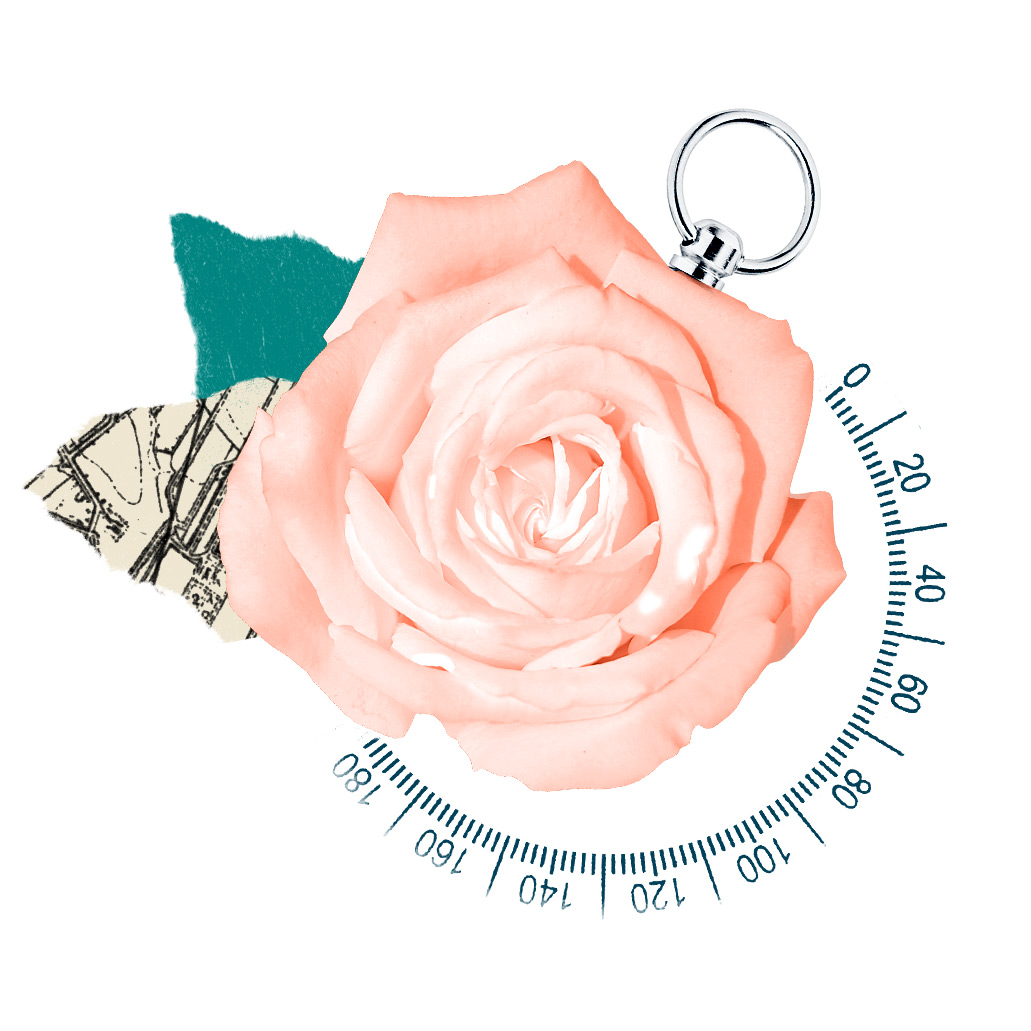Find Lessons
We’ve scoured the best sources from around the world and put them in one place. Use our filter below to find what works best for you and your students.

We’ve scoured the best sources from around the world and put them in one place. Use our filter below to find what works best for you and your students.

11 Results Meet Your Requirements
Watch a video by Yad Vashem on the ghettos that features diary entries from a child living in the Lodz ghetto.
Analyze primary source documents for Rev. Stanley Dabrowski. Use secondary sources to contextualize the history in the larger picture of the Holocatust.
Students will learn about life in the ghettos, including what it meant to be a young child in one.
Students will learn about the pre-genocide expulsion of Jews that took place in 1938. This lesson will open a discussion about refugees, statelessness, and international complicity.
Walk students through the challenges of obtaining U.S. visas and the horrible conditions many faced in seeking refuge in Shanghai.
Hear the testimony of a man forced out of his home country during the Nazi’s program of mass deportations. This lesson will also introduce students to an ongoing debate about whether or not genocide was always Hitler’s intention, or the result of a failure to expel the Jews from Europe.
Students will learn about the international community’s failed attempt to find suitable options to the refugee crisis following Germany’s annexation of Austria.
Students will analyze primary sources from 1933-1939 during the early usage of the concentration camp system. Students will learn about the different types of prisoners that suffered in the camps.
Read a poem written by Cantor Joseph Cysner about his experience during one of the first organized deportations of Jewish residents. Students will gain an understanding of the significance memory has on teaching history.
Listen to testimonies from survivors about their time spent in a ghetto. Students will learn the history of the term “ghetto” and think critically about the implications the history has on their understanding of the term today.
Combining a lesson from the UCL Center and the USHMM resources, students will gain an understanding of what concentration camps were like between 1939-42.